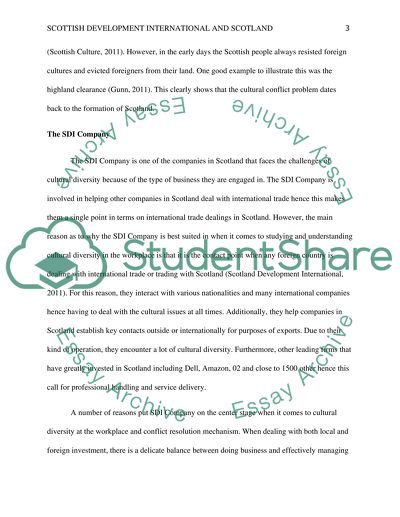Cite this document
(“Scottish Development International and Scotland Research Paper”, n.d.)
Scottish Development International and Scotland Research Paper. Retrieved from https://studentshare.org/miscellaneous/1583212-scottish-development-international-and-scotland
Scottish Development International and Scotland Research Paper. Retrieved from https://studentshare.org/miscellaneous/1583212-scottish-development-international-and-scotland
(Scottish Development International and Scotland Research Paper)
Scottish Development International and Scotland Research Paper. https://studentshare.org/miscellaneous/1583212-scottish-development-international-and-scotland.
Scottish Development International and Scotland Research Paper. https://studentshare.org/miscellaneous/1583212-scottish-development-international-and-scotland.
“Scottish Development International and Scotland Research Paper”, n.d. https://studentshare.org/miscellaneous/1583212-scottish-development-international-and-scotland.


